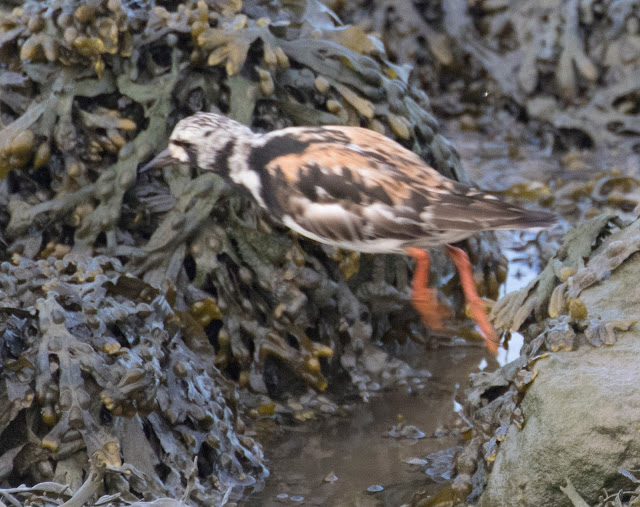A nice walk around this Forestry Commission site, with some buzzards seen, and three wrens heard. Some different passerine calls were heard overhead and in the trees, but nothing I could distinguish for sure, except one Great Spotted Woodpecker that flew over the path, calling.
The Hypericums along the pathside all had black streaky lines on the petals, which, despite the key to the genus in Francis Rose, makes them Hypericum maculatum, or perhaps possibly the hybrid Hypericum x desetangsii. I think I need to look lower down the stem for the square section, and most other things seem to fit, translucent veins but no spots in the leaves, no stalked black spots on the sepals, . However the sepals might seem to be not quite blunt enough, according to the BSBI crib sheet diagrams.
There were Spiny Sowthistle and one clump of Perennial Sowthistle, a Hawksbeard, Catsear, Common Birds-Foot Trefoil, Meadow Vetchling, Gorse, Lesser Spearwort, Creeping Buttercup, Field Buttercup, Upright Hedge Parsley, Bramble, Greater Sallow, Birch, Rowan. Lesser Knapweed was nearer the car park.















